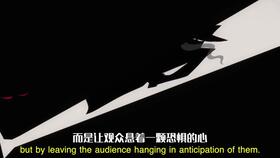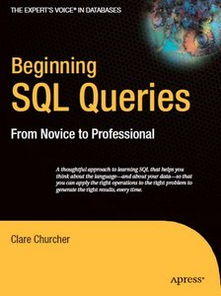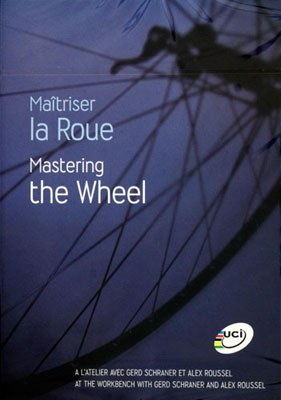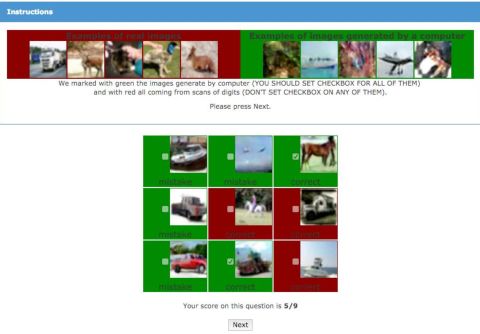Introduction:
Fishing is an ancient pastime that has been enjoyed by countless individuals across the globe. Whether you're a seasoned angler or a beginner looking to cast your line, understanding how to effectively fish with baits and spot fish is crucial to a successful day out on the water. In this article, we will delve into the art of fishing, providing you with valuable tips and techniques for setting up your baits and catching fish like a pro.
Understanding the Basics of Baits:
Before we dive into the nitty-gritty of fishing techniques, it's essential to understand the basics of baits. Baits are food sources that attract fish to your fishing spot. They can be natural, such as worms, insects, or fish, or artificial, like lures and jigs. Choosing the right bait depends on the type of fish you're targeting and the conditions of the water body.
Spotting Fish:
Spotting fish is the first step towards successful fishing. Here are some tips to help you identify where the fish might be:
- Observe the Water: Look for signs of fish activity, such as splashes, bubbles, or movement on the surface of the water.
- Use a Fish Finder: A fish finder can be a game-changer, allowing you to see the location and depth of fish beneath the surface.
- Consult Local Knowledge: Talk to other anglers or locals who have a good understanding of the fishing spot. They can provide valuable insights into where the fish are likely to be.
Choosing the Right Bait:

Once you've identified potential fish spots, it's time to choose the right bait. Here are some guidelines:
- Match the Bait to the Fish: Different fish species have different preferences. For example, catfish are attracted to live bait, while bass often go for artificial lures.
- Consider the Water Conditions: In murky water, bright and colorful baits may be more effective. In clear water, more natural-looking baits might work better.
- Experiment: Don't be afraid to try different baits to see what works best in your specific situation.
Setting Up Your Bait:
Once you've chosen your bait, it's time to set it up. Here are some tips for successful baiting:
- Secure the Bait: Ensure that your bait is securely attached to your fishing line. This prevents it from falling off and reduces the chances of losing your lure.
- Adjust the Weight: If you're fishing in deep water or with a heavy bait, consider using a heavier weight to keep your bait at the desired depth.
- Natural Presentation: Try to mimic the natural movement of your bait to attract fish. For example, if you're using a worm, twitch it gently to simulate its wriggling motion.
Fishing Techniques:
Now that your bait is set up, it's time to apply some fishing techniques to catch the fish:
- Patience: Fish don't always bite immediately. Be patient and wait for the right moment to set the hook.
- Tactic: Depending on the fish species, you may need to use different tactics. For instance, you might need to cast your line out and wait for the fish to come to you, or you might need to reel in your line and work the bait through the water.
- Reeling Speed: Adjust your reeling speed based on the fish's behavior. A slower reeling speed can sometimes trigger a bite, while a faster speed might work better in certain situations.
Catching and Handling Fish:
Finally, once you've caught a fish, here's how to handle it:
- Land the Fish: Use a net or your hands to gently land the fish. Avoid squeezing or handling the fish roughly, as this can harm them.
- Take Photos: If you're allowed, take a quick photo for the memory, then release the fish back into the water.
- Handle with Care: When handling fish, always wear gloves to protect yourself from hooks and scales.
Conclusion:
Fishing is an art that requires patience, practice, and a deep understanding of the water and the fish you're targeting. By following these tips and techniques for setting up your baits and spotting fish, you'll be well on your way to becoming a more skilled angler. Happy fishing!












